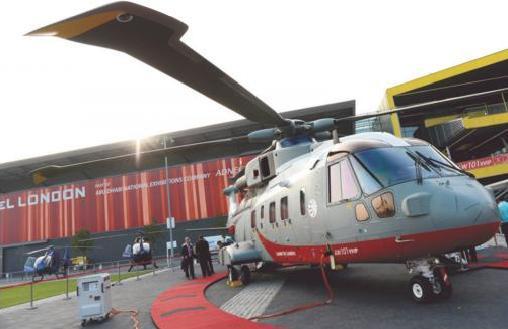Honeywell Aerospace predicts worldwide deliveries of 4,300 to 4,800 civil helicopters over the coming five years. The total is around 400 units less than the corresponding figure in last year’s five-year forecast. According to Carey Smith, President, Defense and Space at Honeywell Aerospace, “The current global economic situation is causing fleet managers to evaluate new helicopter purchases closely, and that’s why we’re seeing a more cautious five-year demand projection compared with previous years.”
The 2016 outlook queried more than 1,000 chief pilots and flight department managers of companies operating 3,070 turbine and 360 piston helicopters worldwide. Input received from large oil and gas support and emergency medical service fleet operators was factored into the overall outlook in addition to the individual flight department responses. The survey detailed the types of aircraft operated and assessed specific plans to replace or add to the fleet with new aircraft.
The survey showed that new purchase-plan rates were stable, but operators cited fewer total new model purchases over the five-year period, leading to a more cautious near-term outlook. Helicopter fleet utilization reported in the survey generally declined compared with last year.
Latin America led all global regions in the rate of new aircraft purchase plans despite an economic slowdown in Brazil. In terms of projected regional demand for new helicopters, Latin America is now contributing the second highest demand among the regions tracked, trailing only North America.
Middle East and Africa has the second-highest new purchase rate among the regions, with up to 30% of respondent fleets slated for turnover with a new helicopter replacement or addition.
Purchase expectations in North America fell 2 percentage points in this year’s survey while European purchase plans decreased slightly with continued weakness in reported Russian buying plans.
In the BRIC countries (Brazil, Russia, India and China), demand continues to ebb and flow with stronger results recorded for India and Brazil in the 2016 survey. Planned Chinese purchase rates slipped, reflecting near-term slower economic growth prospects.

